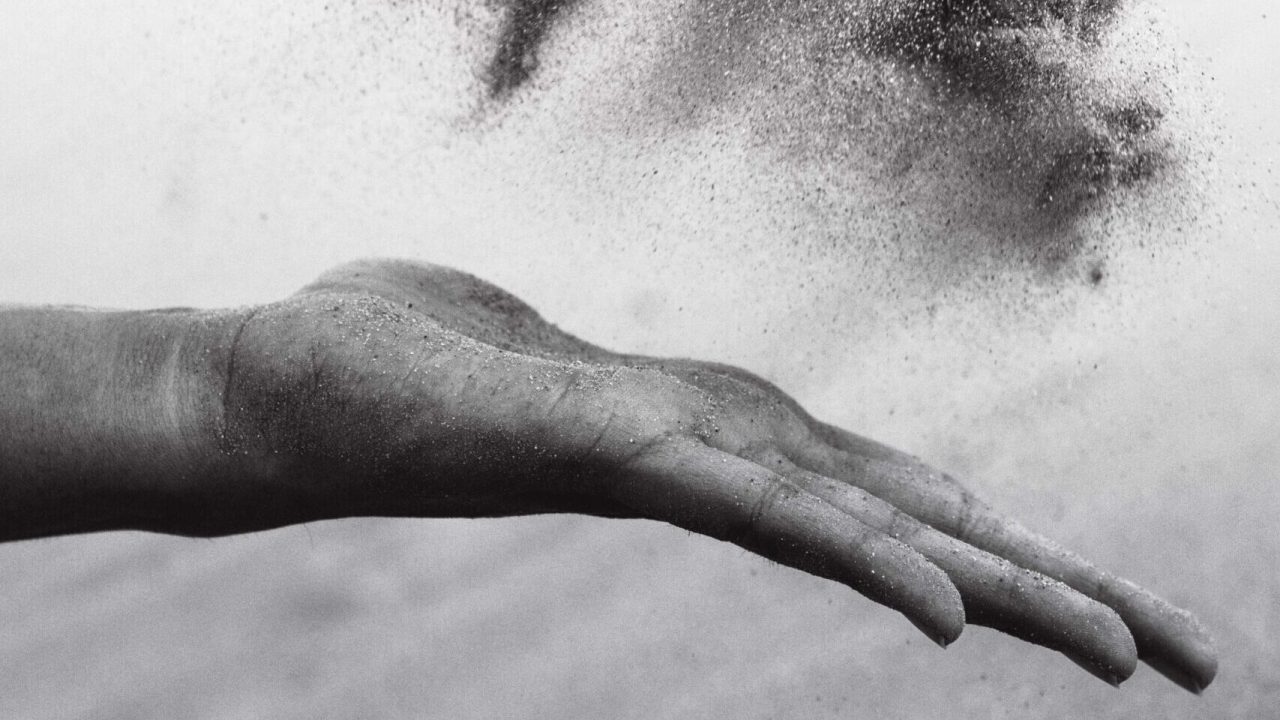
One of AAM’s closest-watched programs is Accreditation, the flagship program on a continuum that measures and confers excellence, giving museums an external seal of credibility which helps further their ambitions. The process, in place for fifty years as of an upcoming anniversary, is defined and rigorous, based on a transparent set of Core Standards and carried out by an independent Accreditation Commission made up of experts from across the museum field. Still, it’s no surprise that we get frequent questions about the program at AAM, given the import of the designation and the intangible and contextual nature of the value it measures. The definition of “excellence” is apt to evolve over time, and particularly in a time as teeming with demands for change as now, whether to survive the contractions of COVID-19 or to meet a new moment for social justice.
Given this moment, as well as the significant anniversary and a recent transition in leadership for the program, we decided to ask two people intimately familiar with the process to open a window on how it works. Amy Bartow-Melia, the outgoing leader of the commission after six total years of service, and Evans Richardson IV, the incoming leader after joining last year, answered our questions about the ins and outs of assessing excellence.
To start, who are the commissioners and the commission, and what is their role?
Amy Bartow-Melia: The commission is made up of dedicated industry leaders who understand the many facets of museum operations and have demonstrated a commitment to standards and sharing their expertise throughout their careers. They have previous experience with Accreditation, either with their home institutions or through volunteering as peer reviewers with the Accreditation and MAP programs. A commissioner’s role is to uphold professional standards through the Accreditation process, and to identify trends and practices that may warrant discussion, debate, and change to positively advance the field. Commissioners serve five-year terms, attending three commission meetings each year, and also advocate for AAM’s excellence programs and resources throughout the year.
What are the standards the commission works from, where do they come from, and how do or can they change?
Amy Bartow-Melia: The commission works from a set of Core Standards set by the American Alliance of Museums. They are currently grouped into five categories: Public Trust and Accountability, Mission & Planning, Leadership and Organizational Structure, Collections Stewardship, Education and Interpretation, Financial Stability, and Facilities and Risk Management. These standards are set through inclusive field-wide dialogue and are updated as best practice in the field evolves. For example, over the last three years, the commission has been working closely with AAM leadership and the AAM DEAI Task Force to identify potential changes and additions to standards across all five topic areas to incorporate core DEAI practices.
What are some of the grey areas and challenges in the process, and how do you work through them?
Skip over related stories to continue reading articleAmy Bartow-Melia: The Core Standards are designed to be broad to be adaptable to museums of many sizes, budgets, disciplines, governance structures, and geographic regions. The commission strives to be fair and equitable in its decision-making, considering each museum’s circumstances while still maintaining the highest standards. In the past few years, the commission has been most challenged in how to apply DEAI best practice into the Accreditation process, as current standards lack specificity in DEAI. One of the main foci of the second AAM DEAI Task Force, which I had the honor of participating in last year, was to look at DEAI across each of the five core standard areas and identify language that could be added to the standards to best reflect current DEAI practices. The commission has added DEAI language and guidelines into several important parts of the Accreditation process, including the self-study and the site visit reviewers’ checklist to inform the commission’s decision-making.
Evans Richardson IV: Every year, the Accreditation Commission tries to accomplish two things: promote a clear and consistent set of best practices for the museum field, and remain responsive to the learning and transformation happening inside museums every day. A true testament to Amy’s leadership has been the Accreditation program’s ability to both contribute and adapt to the learning happening around inclusion and accessibility in museums across the country. We serve an enormously diverse field, but every museum remains, fundamentally, a learning enterprise. It’s critical that our standards of excellence keep pace with that learning.
How do hot topics or controversies in the field shape discussions or become a formal part of the process?
Amy Bartow-Melia: The commission, working with AAM staff, are constantly monitoring topics and issues that come up through discussions within the field and/or through the press throughout the year. As topics are identified that directly pertain to museum standards, they are added to commission meeting agendas. From there, the commission determines if the topic warrants further official field-wide discussion to potentially update a standard.
Evans Richardson IV: Each “controversy” has a specific context, so it’s hard to generalize; however, issues that the field is grappling with inevitably become part of the Accreditation process. Working closely with the amazing Accreditation Program staff, we partner with a wide and expert group of museum professionals in order to make the Accreditation process possible. The commission’s site visitors—all volunteers—work in pairs and are having thoughtful and in-depth conversations with museum colleagues all over the country. Site visitors are sitting with museum directors, speaking with teams from every department, hearing from community leaders and board leadership. What they’re able to provide is a nuanced portrait of how each museum community is responding to controversy in real time, while also demonstrating the qualities that promote institutional resiliency. Those multi-layered conversations are important—they’re our primary vehicle for understanding how the field’s definitions for “excellence” continue to evolve.
What might people misunderstand about the program from the outside?
Amy Bartow-Melia: People new to the process might think of the commission as a strict governing board, passing judgement on their peers. The true work of the commission is furthest from this depiction. The commission’s mission is to uphold the Core Standards, yes, but to also be supportive of each institution that comes through the process and advocate for the field at large. While the role of the commission is to make decisions on an institution’s accredited status and not to give advice, the commissioners are in a unique position to identify trends and areas that museums may need additional support, and work with AAM to offer training and other resources to advance the field.
Evans Richardson IV: People might not appreciate just how much of the program’s success depends on the contributions of an unbelievably large and generous coalition of volunteer experts in the field. I think it’s an important aspect of the program, because it ensures that the process remains grounded by an expansive and diverse knowledge base. The museum professionals that make the Accreditation process possible—the commissioners, the peer reviewers, the MAP participants—are represented by nearly every state in the country and disciplines from across the museum field. It’s encouraging that after fifty years, this method of peer-to-peer engagement continues to shape every aspect of the Core Standards for Museums and the commission’s assessments.
Why did you get involved with the commission, and what have you learned from working on it?
Amy Bartow-Melia: AAM has been an important resource and support to me from the earliest days of my career. I had the good fortune to be a peer reviewer for both MAP and Accreditation for many years before joining the Accreditation Commission, and felt it was an important opportunity for me to give back to AAM and share what I had learned over many years with the field. Through the six years I have served on the commission, I have been honored to work with a talented, dedicated group of colleagues, both on the commission itself and the AAM excellence staff. They have taught me so many things; most importantly taking the time to listen, consider perspectives different from my own, how to build consensus, and where to find innovation and inspiration in unexpected places.
Evans Richardson IV: I thought the commission offered a really unique opportunity to learn from my museum colleagues in a meaningful way. Also, I spent five years of my career working in municipal arts funding at the New York City Department of Cultural Affairs (DCLA). While I was there I had the opportunity to witness how cultural organizations formed this incredibly complex and critically essential ecosystem. Together, individual organizations, working in every neighborhood across the city, formed a sector that had an undeniable impact on the economic and civic life of the city. The commission offers a similar position from which to witness the incredible range of contributions being made by individual museums in their communities, and also, the collective impact museums continue to have on the civic life of our country. There are museums in every state working hard at the community level to provide opportunities for exploration and learning. The collective impact of that work—and the expertise required to be competent stewards of the objects we hold in the public trust—is something I’m honored to nurture and celebrate with my colleagues at the Accreditation Commission.
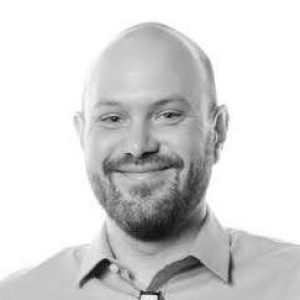
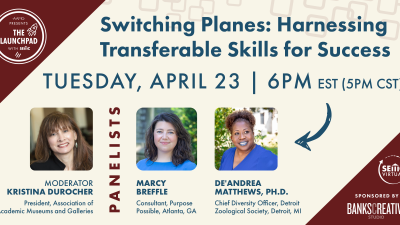



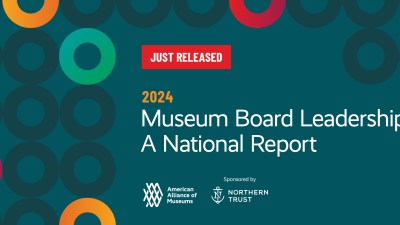
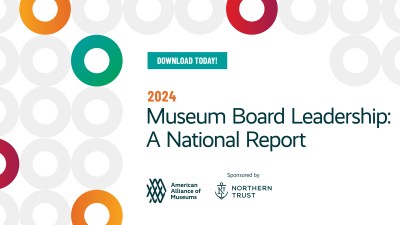
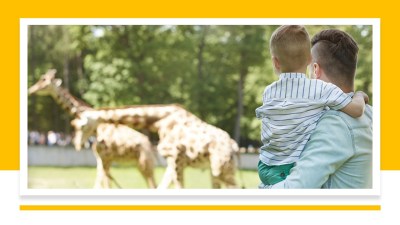

Thank you for this post. I have been in the museum field long enough to remember when the AAM started its accreditation program. Having lead museums to accreditation and done several accreditation visits, I am an enthusiastic supporter of the program. There is no question in my mind that it has been a key factor in the vast improvement of the professionalism of American museums overall. The AAM is to be congratulated!